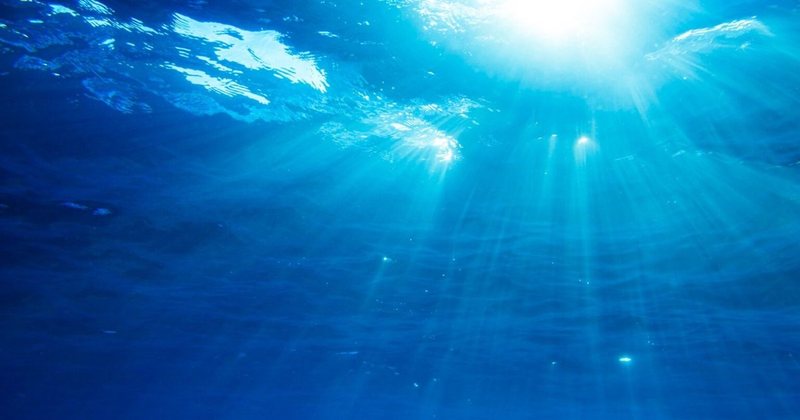
A hidden ocean has been found 400 miles below the Earth's surface


A team of scientists has uncovered one of the most astonishing underground discoveries in recent geoscience: a colossal reservoir of water, buried 400 miles beneath the Earth's surface, that could contain three times more water than all the oceans combined. This massive subterranean storehouse is not a lake or subterranean ocean in the traditional sense—but rather, water trapped within the mineral hydride, a sponge-like crystal buried deep within the Earth's mantle.
The discovery, detailed in a study published in Science, not only reshapes how we understand Earth's internal water cycle, but could also redefine our broader view of planetary geology, both on Earth and beyond.
The key to this hidden ocean lies in a rare, high-pressure mineral called ringwoodite. Found at extreme depths, ringwoodite behaves like a microscopic sponge, trapping hydrogen and water molecules within its crystalline structure under extreme pressure and heat.
As geophysicist Steven D. Jacobsen explained, “Ringwoodite is like a sponge, soaking up water. There’s something very special about the crystal structure of ringwoodite that allows it to attract hydrogen and lock in water.” This form of water is not liquid or ice—it exists as molecular water embedded in the rock, suspended in a unique, high-pressure state.
The potential scale of this internal water reservoir is staggering. Even if only 1% of ringwoodite's mass is water, the total volume could be three times the combined volume of Earth's surface oceans.
This hidden ocean wasn't discovered by digging—it was discovered through the analysis of seismic waves. Scientists studied how shock waves from earthquakes travel through the Earth's layers and how they subtly change as they pass through water-saturated rocks. These distortions provided the first tangible evidence that water deep in the mantle wasn't just possible—it was abundant.
Through a combination of seismic readings and mineral studies, scientists confirmed that ringwoodite deposits in the mantle transition zone are rich in water – creating a global-scale internal water reservoir that had until now remained completely hidden.
This indirect detection method could open the door to identifying other deep Earth reservoirs, perhaps even deeper or more chemically complex than previously thought.
The implications of this discovery are profound. For centuries, our understanding of Earth's water cycle has been limited to the surface - oceans, rivers, lakes and glaciers. But this vast underground reservoir suggests a "whole-Earth" water cycle, where water moves not only across the surface but also between the crust, mantle and core over millions of years.
This internal flow can help regulate volcanic activity, plate tectonics, and even Earth's magnetic field—processes that affect life on the surface but are driven by interactions deep within the planet.
It also offers insight into ancient questions: Where did Earth's water originally come from? How is it maintained over geologic time? Could this hidden ocean be part of the answer?
The discovery could extend far beyond our planet. If water can be stored deep within Earth in mineral form, could the same be true for rocky exoplanets or neighboring worlds like Mars and Venus?
Scientists are now examining whether minerals similar to ringwoodite might be present in other planetary mantles and whether similar hidden reservoirs could help explain past habitability or geological activity on other planets.
This discovery could become a new frontier in astrobiology, where the search for water no longer stops at the surface.

Rama-Meta, si aleanca e 1 Prillit zhbëhu Shqipërinë
ideas



top
Alfa recipes
TRENDING 
services
- POLICE129
- STREET POLICE126
- AMBULANCE112
- FIREFIGHTER128























